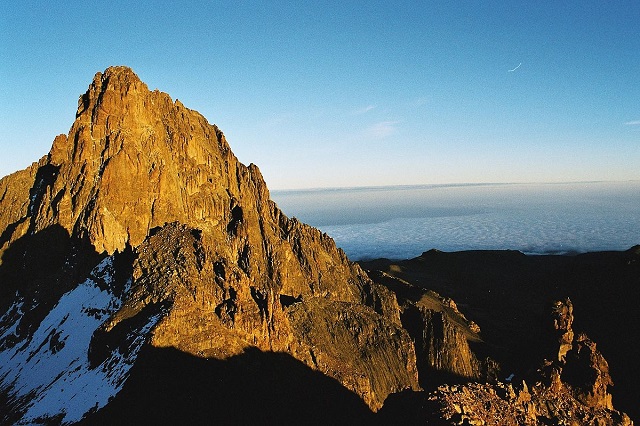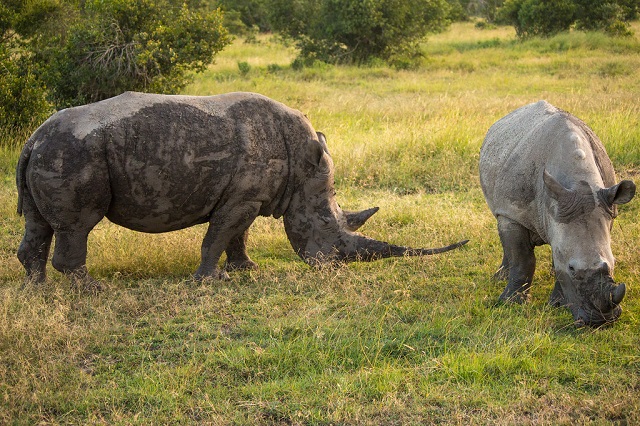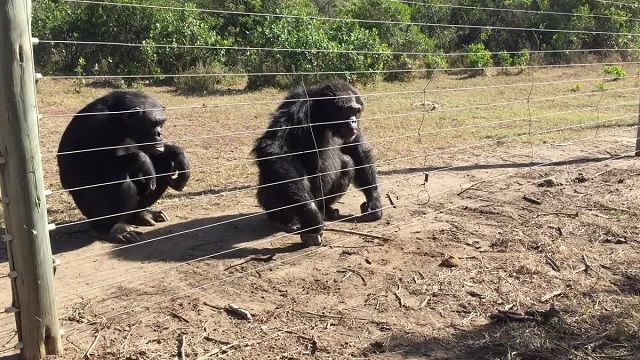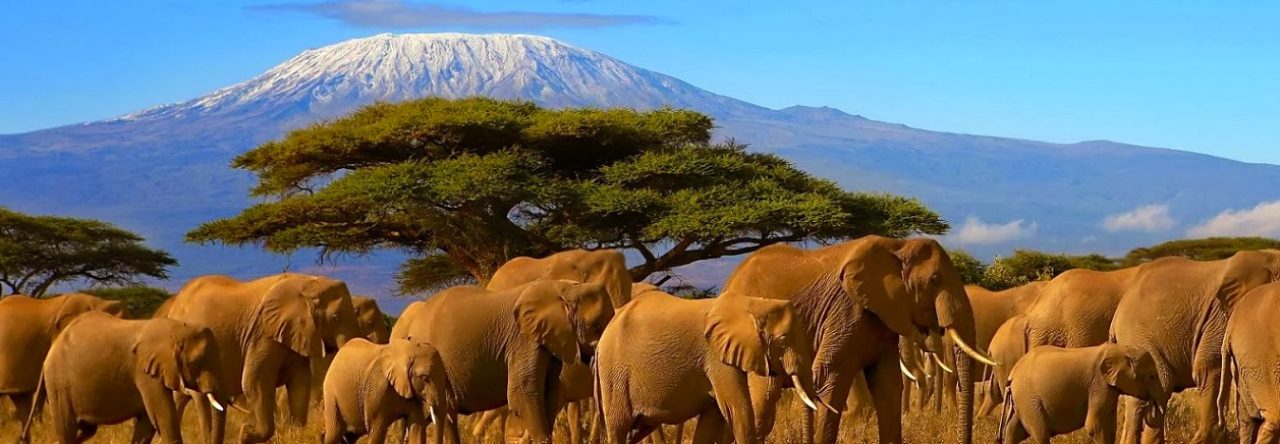Set against the backdrop of Mt Kenya, the Laikipia plateau extends over 9500 sq km of semi-arid plains, dramatic gouges and acacia-thicket-covered hills. This patchwork of privately owned ranches, wildlife conservancies and small-scale farms has become one of the most important areas for biodiversity in the country, boasting wildlife densities second only to those found in the Masai Mara. It’s the last refuge of Kenya’s African wild dogs and it’s here that some of the most effective conservation work in the country is being done. Indeed, these vast plains are home to some of Kenya’s highest populations of endangered species, including half of the country’s black rhinos and half of the world’s Grevy’s zebras.

Some of the popular sites one should visit is the lewa Wildlife Conservancy, While this massive 222-sq-km conservancy, just south of Isiolo, could boast about its luxury lodges, stunning scenery and astounding wildlife activities, it’d rather talk about its community and conservation projects, which invest around 70% of their annual US$2.5-million-plus budget into health care, education and various community projects for surrounding villages. Remaining funds further conservation and security projects. As a private reserve, you can only enter the park if you have booked accommodation. Double-check with your accommodation whether the park conservation fee is included in the room price.
Another key conservancy to visit is Ol Pejeta conservancy, once one of the largest cattle ranches in Kenya, but is now a 365-sq-km, privately owned wildlife reserve. It markets itself as the closest place to Nairobi where you can see the Big Five and possesses a full palette of African plains wildlife, including a healthy population of rhinos. It’s the rhinos that form the centrepiece of what is done here – the conservancy’s 111 (at last count) black rhinos form the largest population in East Africa. A reminder of the challenges they face came when a pregnant black rhino was poached in February 2016.

Inside Ol Pejeta is a Chimpazee sanctuary worth visiting, home to 39 profoundly damaged chimpanzees rescued from captivity across Africa and further afield, Ol Pejeta’s Chimp Sanctuary encompasses two large enclosures cut in two by the Ewaso Ngiro River. There’s an elevated observation post and keepers are usually on hand to explain a little about each chimp’s backstory; note the tiny replica cage in which one of the chimps was chained for years on end prior to being brought to the sanctuary.


